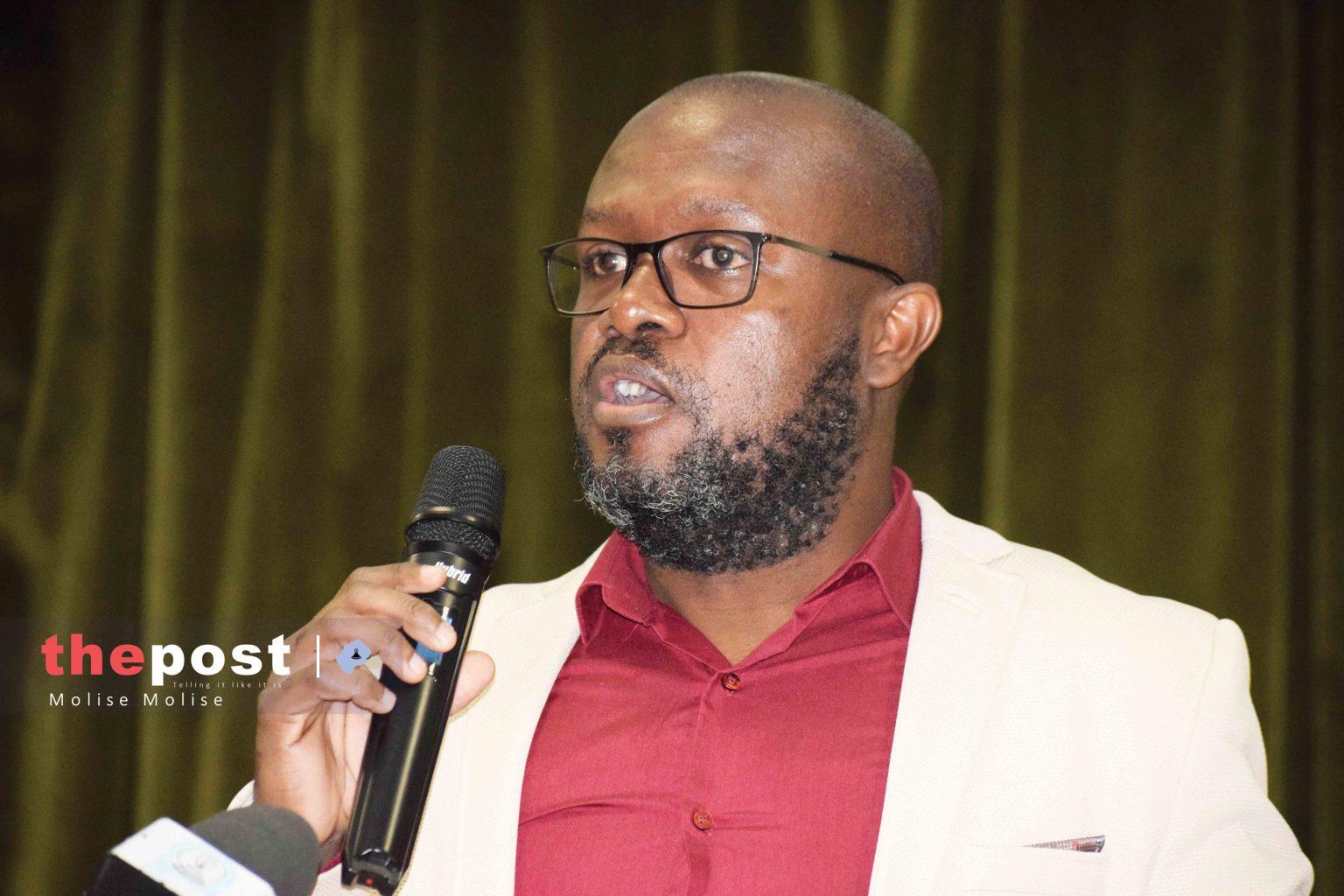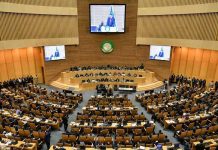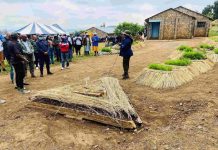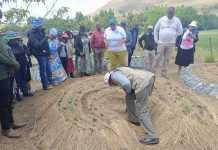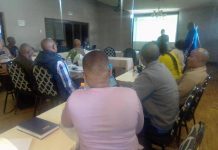Africa-Press – Lesotho. IN an effort to reduce new HIV infections, Jhpiego Lesotho has introduced a new project targeting women and girls who are at a substantial risk of HIV infection.
Jhpiego Lesotho is an organisation funded by the United States Agency for International Development (USAID) that seeks to deliver transformative health care solutions that save lives.
It works in partnership with national governments, health experts and local communities to develop systems that save lives and guarantee better futures for women and their families.
Jhpiego Lesotho has introduced a project called Maximising Options to Advance Informed Choice (MOSAIC) that seeks to support the introduction of a multi-biomedical HIV prevention strategy that meets the changing needs and desires of women and girls.
“Investments in continued development and the introduction of existing and new biomedical products that are affordable, acceptable, safe and effective for HIV prevention will contribute substantially to controlling the epidemic,” MOSAIC Project Director, Dr Tafadzwa Chakare, said.
The five-year project is funded by the United States of America President’s Emergency Plan for AIDS Relief (PEPFAR), through the US Agency for International Development (USAID).
Dr Chakare said the project will help women prevent HIV by accelerating the introduction and scale up of new and emerging biomedical prevention products.
The project will operate in close collaboration with the Ministry of Health and other stakeholders that include product developers for implementation.
“This new award will ensure that women, especially adolescent girls and young women, can live a life free of HIV,” Dr Chakare said.
Dr Chakare said the vision is that after five years, women in sub-Saharan Africa will be able to access multiple, effective biomedical prevention options to meet their changing needs and desires.
“Health systems will be enabled to support informed choices and effective use through policies, programming and differentiated service delivery,” he said.
“Cost impact targeting guidance will be in place to support efficient use of resources.
” Dr Chakare said this will be done through implementation of HIV prevention activities.
The activities include research processes intended to assess feasibility, acceptability, uptake and pattern of use with a service delivery package providing choice of oral Pre-Exposure Profilaxis (PEP), among others.
The protection ranges from one day to six months, he said. He said Lesotho is one of several countries where MOSAIC has been introduced. Jhepiego Country Director, Dr Nyika Mahachi, said MOSAIC comes at a time when the country is moving towards achieving epidemic control.
“It has been a long journey to get to where we are,” Dr Mahachi said.
“There were not many prevention interventions 15 years ago and as we are trying to reach epidemic control, we also need to ensure prevention of new infections,” he said.
He said despite the overall progress in some populations, HIV incidence amongst adolescent girls and young women in many regions across the sub-Saharan Africa remains high.
“Four in five new infections in persons aged 15-19 years occur among females,” he said.
“Biological, structural and behavioural factors all contribute to the disproportionate rate of HIV infection and the subsequent complications for many adolescents and young women.
Maketekete Thotolo, the Executive Director of the Lesotho Network of People Living with AIDS (LENEPHWA), said even though Lesotho is on the right track, the country was still recording new infections.
“In order to attain this epidemic control, we are working towards reaching the 95-95-95 target but since we still have new infections, we are not even sure that by 2030 we would have reached the target,” Thotolo said.
The 95-95-95 is a UN global commitment to diagnose 95 percent of all HIV-positive people, provide antiretroviral therapy (ART) for 95 percent of those diagnosed and achieve viral suppression for 95 percent of those treated by 2030.
“So, this attempt to reduce new infections will help us attain that. In order for us to reach the 95s targets or end AIDS by 2030, we need to completely eradicate new infections,” he said.
Meanwhile, the National Aids Commission Chief Executive, Lebohang Mothae, told thepost that the drivers of new infections are behavioural, biological, structural and socio-cultural.
Mothae said early sex debut, inter-generational relationships, sex work and sex exploitation, inadequate condom use and concurrent sexual partners are the main causes of infections.
She also said gender inequality, harmful cultural norms and practices, worsening poverty and unemployment are amongst the causes of new infections. “Lately, we learnt that children as young as 10-years are engaging in sexual activities leading to unplanned pregnancies.
And these children are not infected or impregnated by their peers but elders,” she said. She added that “our legal, socio-cultural and policy barriers hinder us from protecting children and even where they are protected, their problems are not reported at police stations”.
She noted that there is high prevalence among women aged 15-44 at 29.4 percent, 71.9 percent among female sex workers and 32.9 percent among male sex workers.
She said according to the 2020 statistics, 80 percent of new infections are recorded among young women aged 15-34 and the largest number of new infections, 29 percent, occur among women who had never married.
Uncircumcised men who never married contributed 26 percent of new infections, while 13.5 percent of new infections occurred among couples with a male partner of positive status.
Mothae said new infections put the country at risk. “We have to take responsibility and hold those responsible accountable. Prevention is better than cure and we need to make it everyone’s business to end violence that results in new infections.”
For More News And Analysis About Lesotho Follow Africa-Press

